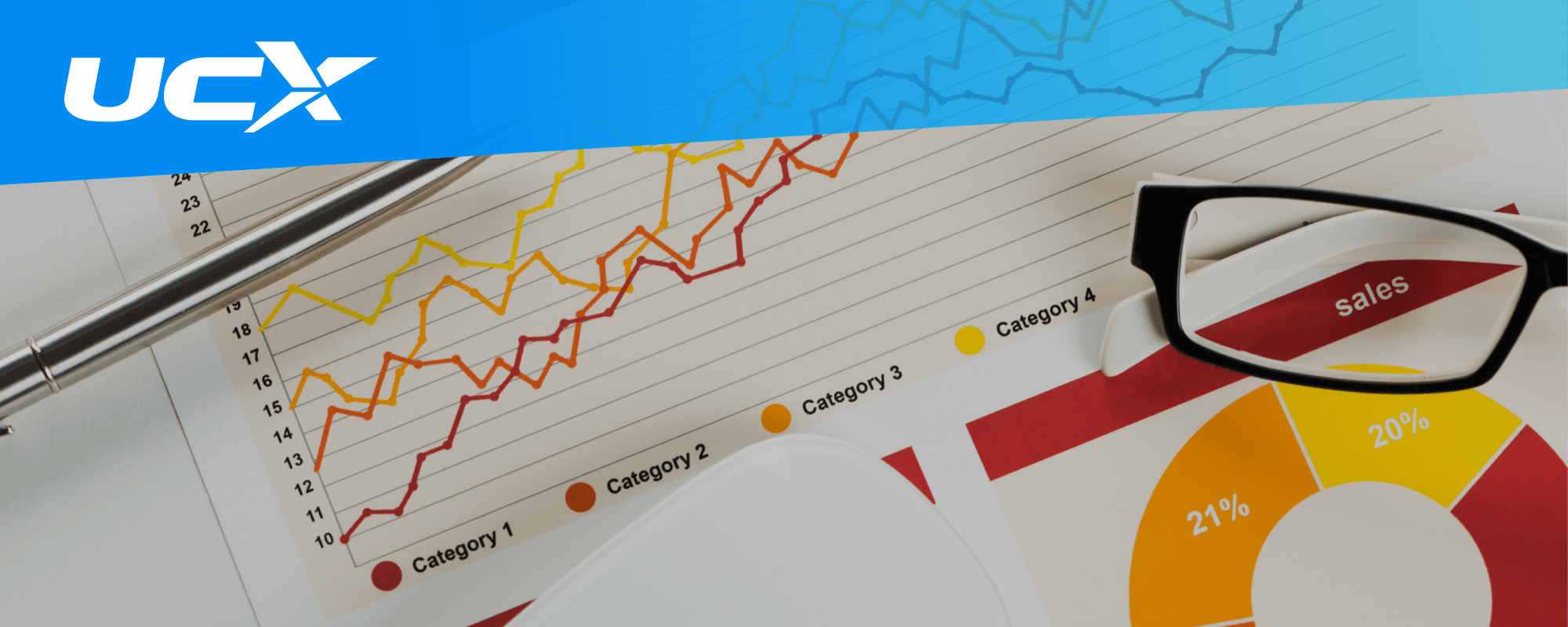Many asset classes did surprisingly well in 2020, but crypto, in particular, stood out. Although not a precious metal, the recent price action of bitcoin may mean it is increasingly perceived as a hedge against future inflation risk.
What’s Different This Time?
As bitcoin moved higher throughout the year, the question was asked, “What makes this cryptocurrency different now than the rallies of 2013 and 2017?”
The biggest difference between this rally and past moves is that institutional investors are starting to buy in, and this is seen as a crucial confidence boost for the bitcoin market. The launch of CME Bitcoin futures in 2017, and options in 2020, has helped spark institutional interest and allows investors to gain exposure to the currency without the regulatory, tax, and custody issues facing the physical market.
According to Tim McCourt, CME Group’s Global Head of Equity Index and Alternative Investment Products, CME Bitcoin futures volume rose 114% in December 2020 compared to 2019. Likewise, open interest increased 252% over the same period, driven largely by institutional investors.
“We’re certainly seeing balanced participation from all the segments in Bitcoin futures, but it’s hard to deny that institutional adoption is continuing to increase,” McCourt said in our discussion.
Bitcoin Correlation?
Usually, bitcoin and stocks do not always correlate. But as with gold, there may be periods, especially when inflationary fears are present when the two assets appear to be correlated. This relationship is more an indication of general risk appetite working its way into the market rather than a defined connection.
Learn More About Ether Futures
Bitcoin generally does not correlate with other assets due to being a unique asset class of its own. The weakness of the U.S. dollar and easy monetary conditions by central banks have created a prolonged low-interest-rate environment that has had a great effect on the digital asset.
Both bitcoin and gold share a relationship when it concerns currency debasement and fears of inflationary pressure. They also share similarities in the fact that there are finite amounts for both assets, with the cryptocurrency only having 21 million coins once all mined (currently, around 18.5 million have been mined).
In mid-2020, as fiscal and monetary stimulus were used as tools to fight against the pandemic, gold and bitcoin reacted accordingly with significant moves higher as the dollar moved lower. But the two markets decoupled in October. One driver behind the decoupling was when CME Bitcoin futures reached critical levels in open interest allowing institutions to participate.
By mandate, many institutions need consistent open interest to reach certain levels before they can participate. As gold started to move sideways, capital that would have normally found a home in gold went into bitcoin. This fueled a rapid move over $40,000.
Among the market lessons in 2020, we learned there is a home for digital assets in modern portfolio theory. Ether is the next digital asset to be listed as a futures contract. And with different applications than bitcoin, it is likely to be closely watched by traders of all types, having already seen a surge in cash markets. As for bitcoin, its reputation as a potential store of value continues to grow.


